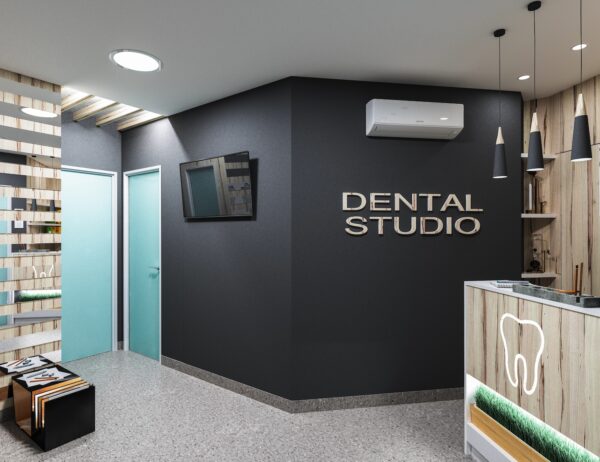In a recent podcast episode, the first of a three-part series, we looked at some of the biggest issues facing dental practices. In this episode, we discussed how navigating the evolving landscape of dental practice management involves tackling two major challenges: financial constraints due to rigid PPO reimbursement rates and ongoing staffing issues.
Many dental practices are experiencing financial strain as reimbursements from Preferred Provider Organizations (PPOs) often do not align with the escalating costs of operations, impacting overall profitability. This imbalance prompts practices to reconsider their reliance on insurance-based revenue models, some making the strategic shift toward fee-for-service arrangements that offer greater control over pricing and patient billing.
Transitioning from insurance dependency does not happen overnight and requires careful planning. A gradual shift over a couple of years can minimize the risk of losing a significant portion of the patient base, allowing practices to stabilize revenue while adapting to new business models. This approach ensures a smoother transition and helps maintain financial health.
Staffing also presents a significant challenge, as many practices are grappling with recruitment and retention in the post-pandemic landscape. The demand for dental professionals, especially hygienists, has dramatically increased, whereas the supply has dwindled. Practices must offer competitive salaries, flexible working conditions, and attractive benefits packages to attract and retain skilled staff. Embracing comprehensive training programs that enhance the versatility of existing employees can also mitigate these challenges, making practices more resilient to fluctuations in the job market.
Innovative business strategies are essential for dental practices aiming to thrive amidst these challenges. Implementing flexible management practices, embracing new technologies, and continuously updating operational practices are crucial. Improving patient communication and engagement also plays a pivotal role in sustaining a practice. Each practice must assess its specific circumstances and consider strategic adjustments that align with long-term goals and the current economic environment.
Overall, dental practices that proactively address these challenges by adapting their business models, investing in staff development, and enhancing patient interaction strategies are better positioned for growth and stability. This strategic foresight not only helps them adapt to current market conditions but also lays a strong foundation for future success in the competitive field of dentistry.




